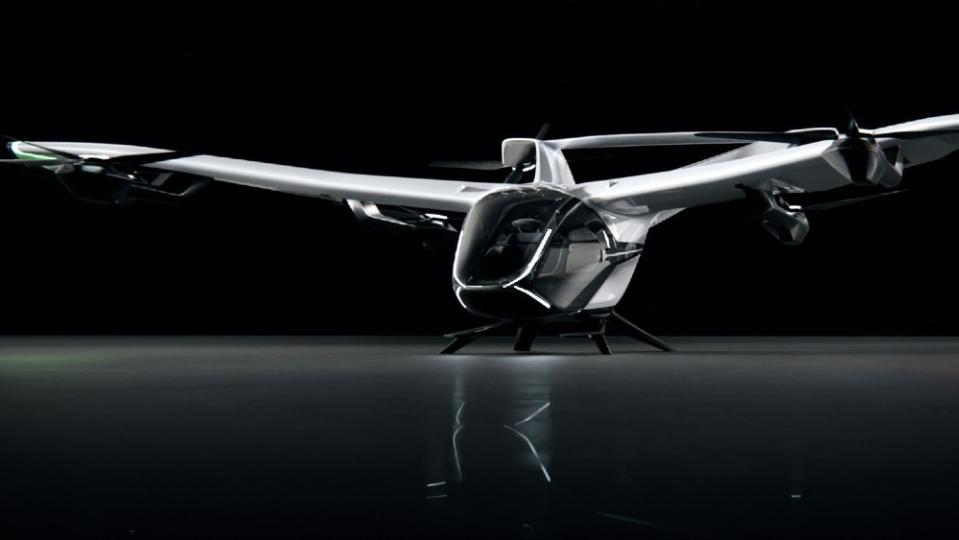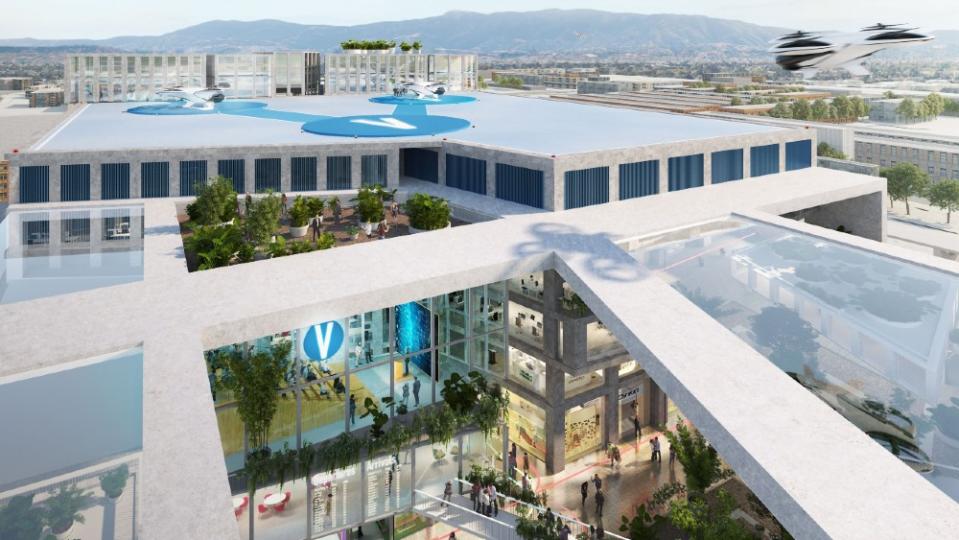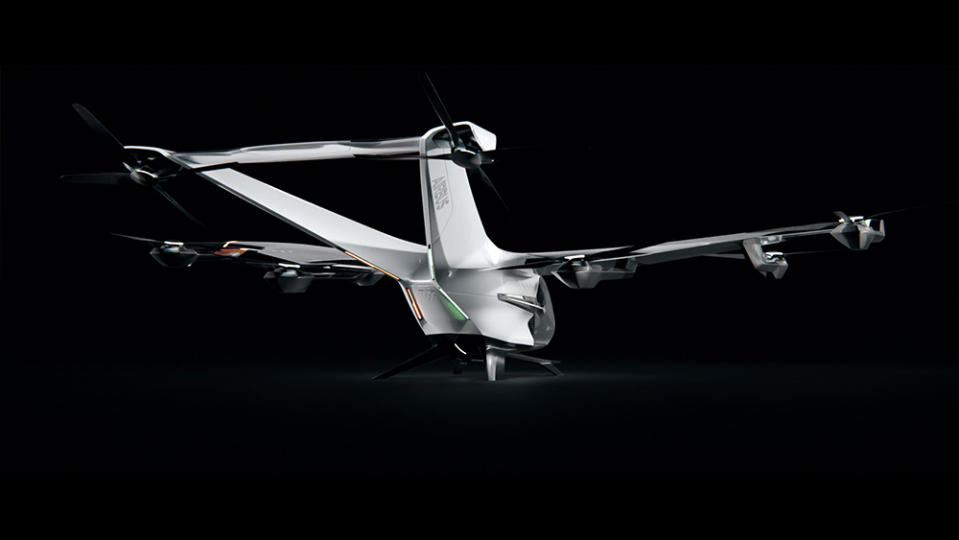Here’s How the World’s Biggest Aircraft Maker Plans to Tackle eVTOLs

Airbus, the European air-transport giant, recently introduced its newest foray into the eVTOL world. The CityAirbus Next Gen follows the company’s single-seat, tilt-rotor Vahana and a first-generation ducted-fan multi-copter, also dubbed CityAirbus. The new vehicle is a four-seater, but looks sleeker, with six propellers mounted on a swept-back wing and two additional rear-thrust propellers on a V-shaped tail.
It’s projected to hit a top speed of 75 mph with a range of 50 miles, both on the low end of performance specs in the category, which raised questions about Airbus’ vision.
More from Robb Report
This New One-Person eVTOL Is Like a Real-Life 'Star Wars' Landspeeder
Meet the Air One, the New Two-Person eVTOL You Can Park in Your Garage
This Hybrid VTOL Concept Has a Bonkers Diamond-Shaped Wing Design
To get answers, we caught up with Joerg Mueller, the company’s head of urban air mobility. He gave Robb Report a deeper look at what the world’s largest aircraft manufacturer has in mind.

Courtesy Airbus
What’s the focus of the Next Gen and why is it the right solution for that mission?
The vehicle has been designed to fly missions in and around cities, mainly for passenger transport as well as for tourist flights with a low environmental footprint. CityAirbus Next Gen could also be used by medical services to connect remote areas with little infrastructure. We expect that these types of missions will generate a strong demand, e.g., between airports and business districts. It provides a clear value-add compared to ground transport options where the average driving speed is generally well below 7 mph in rush hour.
The design has been optimized for both flight performance and simplicity. The missions it targets allow the design to be built with no moving surfaces or tilting parts, which in turn ensures easier maintenance. The vehicle has good take-off and landing performance while optimizing sound levels during these phases, which will be a key factor in public acceptance.

Courtesy Airbus
This project is a bit of a departure from your previous concepts. What did you learn that made you decide that this would be the best direction?
This vehicle would not have been possible without the previous demonstrators. The CityAirbus demonstrator allowed us to prove that a vehicle in the two-ton class can be controlled through differential propeller thrust only.
We also gained experience in designing electrical drive trains and advanced flight controls, quantified noise emissions, and explored the flight domain using wing-borne flight with the Vahana. Based on this, we have chosen the simplicity of a multi-rotor configuration combined with the flight performance of a winged vehicle.

Courtesy Airbus
The projected performance stats, including passenger capacity, seem rather modest compared to other designs. Is that by design?
Indeed, we have designed it with sustainability in mind, tailoring it to its mission instead of trying to set speed or range records, which would only add weight and increase the need for larger batteries. A vehicle with four seats is optimal because no one will have to wait too long for all guests to arrive, embark, etc, while also providing good use of the limited airspace and landing site capacity.
We think it’s not that useful to fly very quickly on an urban mission if your time gain is only a few seconds or minutes in the overall door-to-door commute. It also lets us keep the technological hurdles manageable: The vehicle will be in the two-ton class and require only several hundred of kWs of power, a level at which the industry already has experience. We are convinced, based on our experience with the two demonstrators and with Voom [the company’s on-demand helicopter taxi service], that operators and passengers will benefit from this optimized design.

Courtesy Airbus
What’s the calendar for development and where should we expect to see it first?
The prototype of the CityAirbus Next Gen will fly in 2023 and we expect it to pave the way for certification that could happen as early as 2025. Entry into service will happen gradually, but we do not expect that operations will be available at scale before the end of the decade, as the ecosystem to enable operations also has to be built.
Urban Air Mobility (UAM) is not just a technological endeavor—it is the coming together of multiple players who believe that this can offer an additional layer to the mobility solutions that their cities have to offer and one that is truly respectful of the environment.
Best of Robb Report
Sign up for Robb Report's Newsletter. For the latest news, follow us on Facebook, Twitter, and Instagram.

 Yahoo Finance
Yahoo Finance 